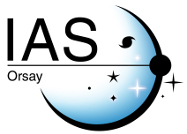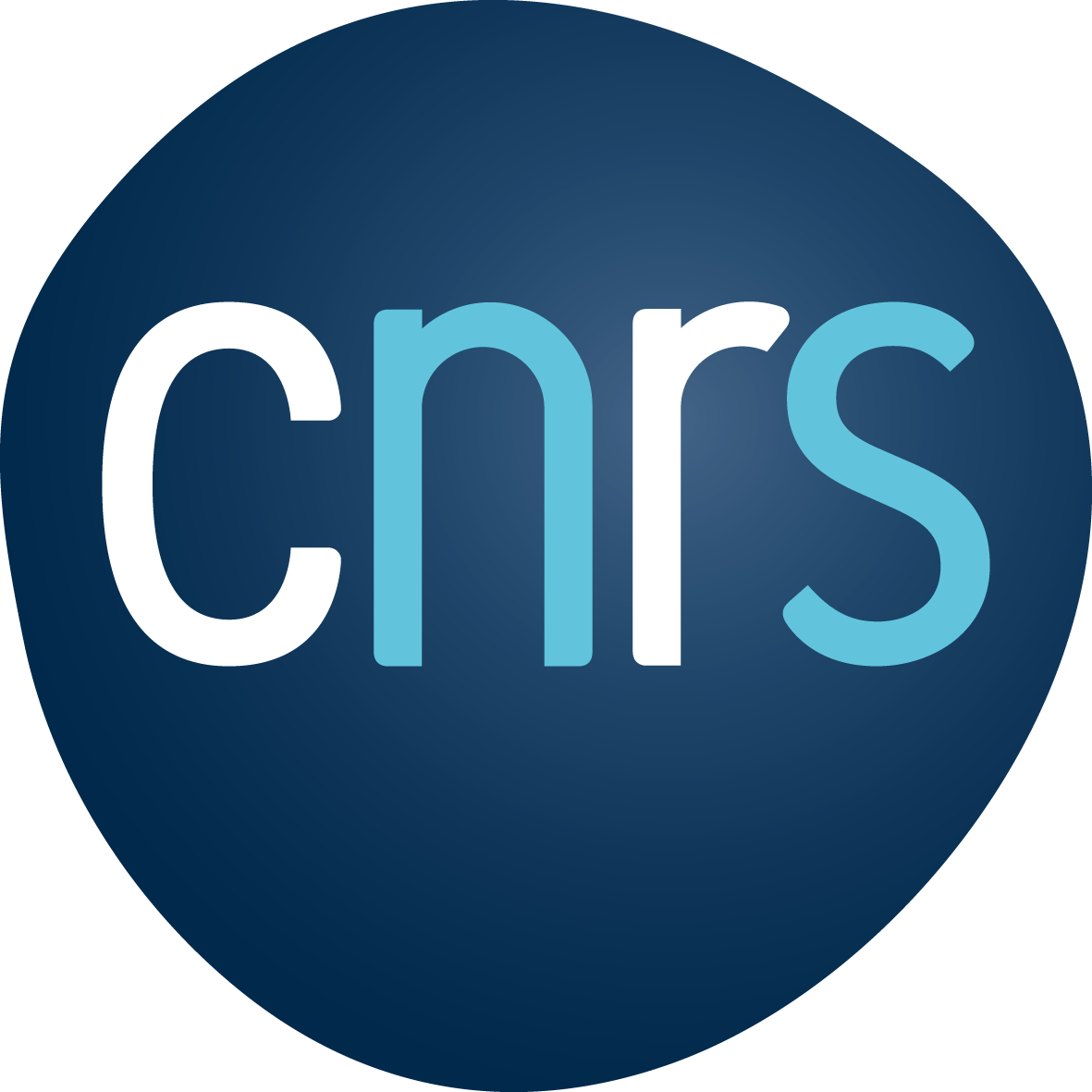Which solar EUV indices are best for reconstructing the solar EUV irradiance?
| Titre | Which solar EUV indices are best for reconstructing the solar EUV irradiance? |
| Type de publication | Journal Article |
| Year of Publication | 2008 |
| Auteurs | de Wit, TD, Kretzschmar, M, Aboudarham, J, Amblard, PO, Auchere, F, Lilensten, J |
| Journal | Advances in Space Research |
| Volume | 42 |
| Pagination | 903-911 |
| Date Published | Sep |
| ISBN Number | 0273-1177 |
| Numéro d'accès | WOS:000258049400014 |
| Résumé | The solar EUV irradiance is of key importance for space weather. Most of the time, however, surrogate quantities such as EUV indices have to be used by lack of continuous and spectrally resolved measurements of the irradiance. The ability of such proxies to reproduce the irradiance from different solar atmospheric layers is usually investigated by comparing patterns of temporal correlations. We consider instead a statistical approach. The TIMED/SEE experiment, which has been continuously operating since February 2002, allows for the first time to compare in a statistical manner the EUV spectral irradiance to five EUV proxies: the sunspot number, the f0.7, Ca K, and Mg II indices, and the He I equivalent width. Using multivariate statistical methods, we represent in a single graph the measure of relatedness between these indices and various strong spectral lines. The ability of each index to reproduce the EUV irradiance is discussed; it is shown why so few lines can be effectively reconstructed from them. All indices exhibit comparable performance, apart from the sunspot number, which is the least appropriate. No single index can satisfactorily describe both the level of variability on time scales beyond 27 days, and relative changes of irradiance on shorter time scales. (C) 2007 COSPAR. Published by Elsevier Ltd. All rights reserved. |



